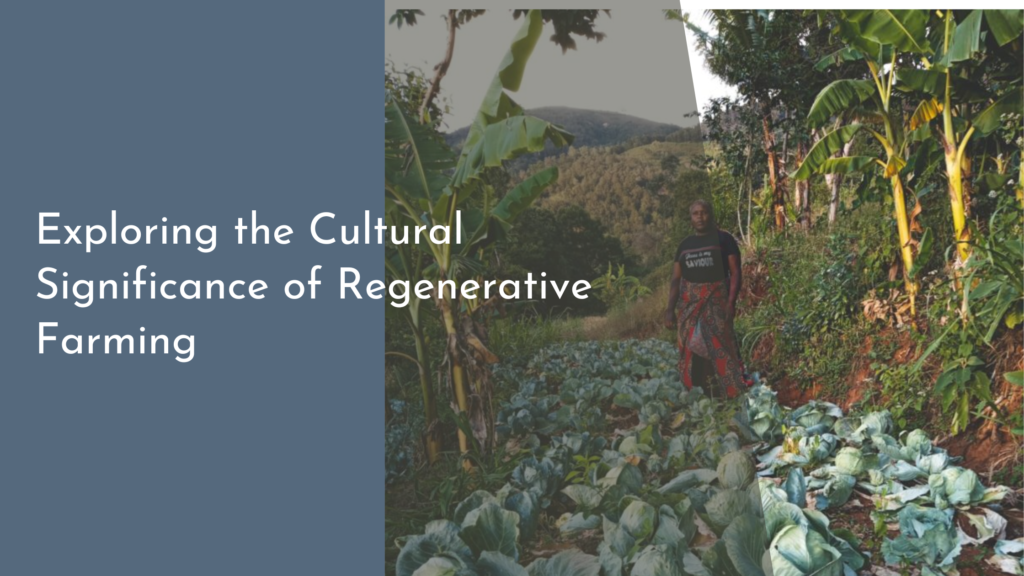Banana Fiber Textiles: From Plant Waste to Fashion Statements
In a world increasingly oriented towards sustainable practices, the textile industry is undergoing a remarkable transformation. Among the innovative materials emerging from this shift is banana fiber, a textile derived from the waste of banana plants. Not only does banana fiber bring a unique aesthetic quality to fashion, but it also embodies the principles of sustainability, making it an exciting option for eco-conscious consumers. This article explores the journey of banana fiber textiles—from plant waste to stylish garments—highlighting their environmental benefits and the growing trend towards sustainable fashion.
Discovering the Sustainable Charm of Banana Fiber Textiles
Banana fiber is a natural textile made from the pseudostems of banana plants, which are often discarded after the fruit has been harvested. This byproduct is not only abundant but also lightweight, durable, and biodegradable, making it an excellent alternative to synthetic fibers. The production of banana fiber textiles utilizes a significant amount of agricultural waste, transforming what would be an environmental burden into a valuable resource. By using materials that would otherwise go to waste, the fashion industry can reduce its ecological footprint and contribute to a circular economy.
Moreover, banana fiber boasts an appealing texture and versatility that lends itself well to various applications. It can be woven into fabrics that range from coarse to soft, making it suitable for a wide array of clothing items and accessories. With its natural sheen and unique drape, banana fiber textiles are becoming a favorite among designers who appreciate the blend of sustainability and style. As consumers increasingly seek out eco-friendly products, the charm of banana fiber textiles is just beginning to capture the spotlight.
From Banana Plants to Beautiful Fabrics: The Process Unveiled
The journey of banana fiber from plant to fabric is a fascinating process that begins with the harvesting of banana plants. Once the fruit is picked, the stalks that remain are cut down and subjected to a series of steps to extract the fiber. Initially, the pseudostems are collected and soaked in water to soften the fibers. After this soaking process, the fibers are stripped from the plant and washed thoroughly. This labor-intensive process not only ensures the quality of the fiber but also reduces the environmental impact associated with textile production.
Once the fibers are prepared, they can be spun into yarn and woven into fabric. Artisans often employ traditional weaving techniques that have been passed down through generations, celebrating the cultural heritage embedded in banana fiber textiles. The resulting fabric can then be dyed using natural dyes, making it even more eco-friendly. This artisanal approach not only produces high-quality textiles but also empowers local communities, offering them sustainable livelihoods while promoting sustainable practices in the fashion industry.
Fashion Forward: The Rise of Eco-Friendly Banana Textiles
As consumers become more aware of the environmental consequences of fast fashion, a shift toward sustainable alternatives is underway. Banana fiber textiles have emerged as a frontrunner in this movement, appealing to those who want to make fashion choices that align with their values. Designers and brands are increasingly incorporating banana fiber into their collections, recognizing its potential to combine sustainability with style. From elegant dresses to chic accessories, banana fiber offers an eco-friendly option that doesn’t compromise on aesthetics.
Furthermore, the rise of eco-conscious fashion is backed by a growing awareness of ethical sourcing and production methods. Many brands are embracing transparency in their supply chains, allowing consumers to feel confident in their purchasing decisions. By choosing banana fiber textiles, fashion enthusiasts are not only supporting sustainable practices but also helping to foster a market that values the planet’s health. This trend is a delightful testament to the power of mindful consumerism, as more people look to merge their love for fashion with their commitment to the environment.
Styling with Purpose: Why Banana Fiber is the Future of Fashion
Banana fiber is not just a trendy material; it represents a shift towards a more responsible and sustainable fashion future. As the fashion industry grapples with the impact of its practices on the environment, fibers like banana provide a refreshing solution. The durability and biodegradability of banana fiber textiles ensure that garments can withstand the test of time while minimizing waste. As consumers prioritize longevity and quality in their clothing choices, banana fiber stands out as a material that aligns perfectly with these values.
Moreover, the versatility of banana fiber allows for endless creativity in design. Whether used in casual wear, formal attire, or accessories, this eco-friendly textile can be adapted to suit various styles and occasions. As the demand for sustainable fashion continues to grow, banana fiber textiles are poised to play a significant role in redefining industry standards. By choosing garments made from banana fiber, consumers can make a statement that resonates far beyond fashion, advocating for a healthier planet and a more sustainable future.
The journey of banana fiber textiles from plant waste to fashionable garments is not only inspiring but also a clear signal that sustainability is the future of fashion. As we become more aware of our choices and their impact on the environment, materials like banana fiber offer hope for a greener industry. By opting for banana fiber textiles, consumers can express their style while supporting eco-friendly practices. So, let’s embrace the sustainable charm of banana fiber and step into a vibrant, stylish future that celebrates both fashion and the planet!

